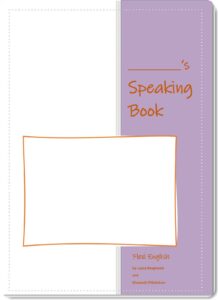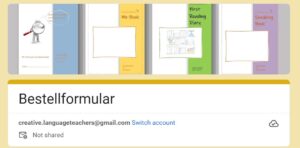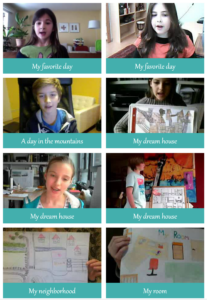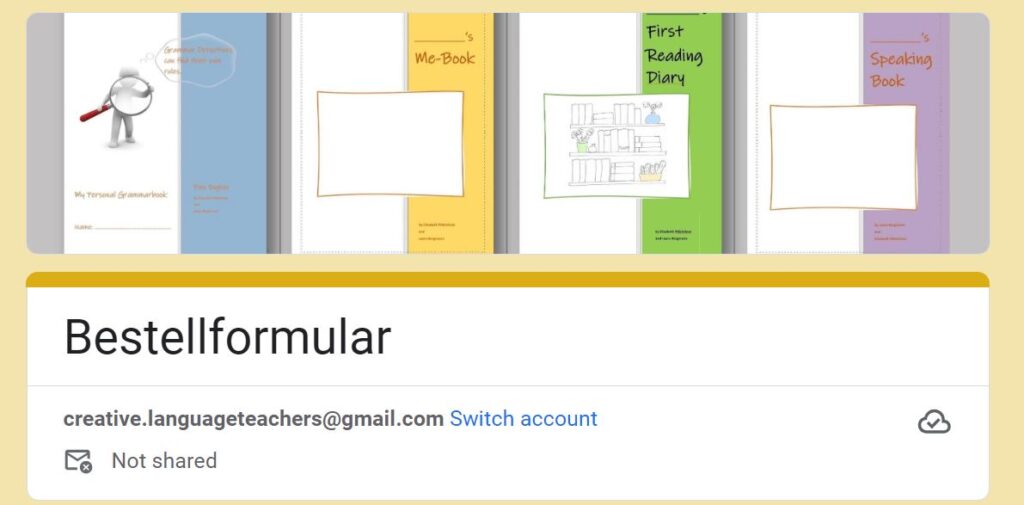
You learn speaking by speaking.
Speaking activities in class are certainly one of the most important things good language teachers will do regularly with their students. Unfortunately, it is not always easy to implement this. Large group sizes and time restraints often get in the way. For this reason, speaking homework is a great solution.
In my classes students produce a written and an oral product for each topic. The speaking task is always recorded and shared with the class.
I use clyp.it or vocaroo for audio recordings
and flipgrid for video recordings.
Another useful tool for recording short audio or video files is padlet.
Have a look at the following speaking tasks, produced by my students.
Year 1 speaking examples: click on the image to open the video gallery.
In order to guide the students towards free speaking, my colleague and I have recently produced a Speaking book for the learners.
This booklet is a kind of Speaking Portfolio where the learners find basic speaking tasks (A1-A2) with step-by-step instructions for planning their speaking, as well as help-cards that give them useful phrases for each topic and space for assessment and feedback by their teacher. It is important that the students learn to speak freely, based on short notes or keywords, rather than learning a dialog by heart or reading a presentation from a sheet. Mistakes are to be expected at this level, and students should learn not to worry about them too much. Fluency and successful communication are more important at this level than perfect accuracy.
Click on the image below to open a sample copy of this speaking booklet.
 |
 |
More ideas:
We use these cards for our regular discussion activities in class (year 3-4). We give the students a topic and ask them to discuss it in pairs. In their discussion they should use as many of the phrases on the Discussion Competition Sheet as possible. The sheets are laminated (or in plastic pockets) and the students use erasable markers to tick off the phrases they have used. After 5 minutes we stop the discussions and ask the students how many of the phrases they have used. We discuss some examples and round up the discussion in the plenary.
We do this regularly at least once a week. This way the students learn to use idiomatic phrases for agreeing and disagreeing and then use them automatically in their free speech.
go to my page on “Sound only”
go to my page on: Digital storytelling
go to https://www.readingiscool.xyz for more speaking activities.
There you’ll find book trailers produced by my students (ages 13 to 16)


